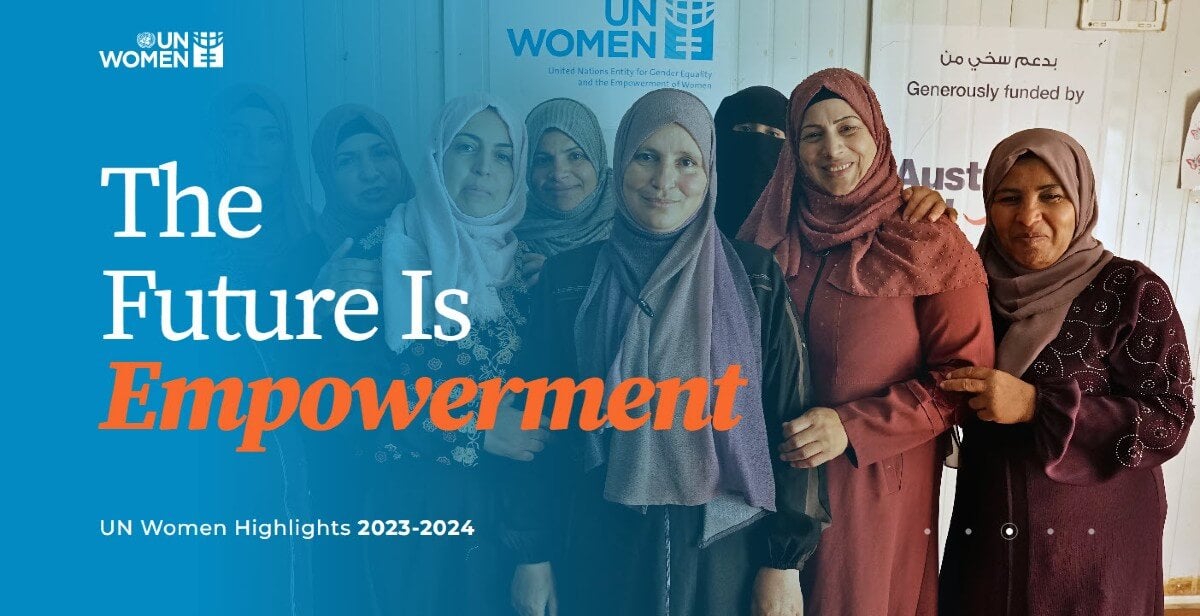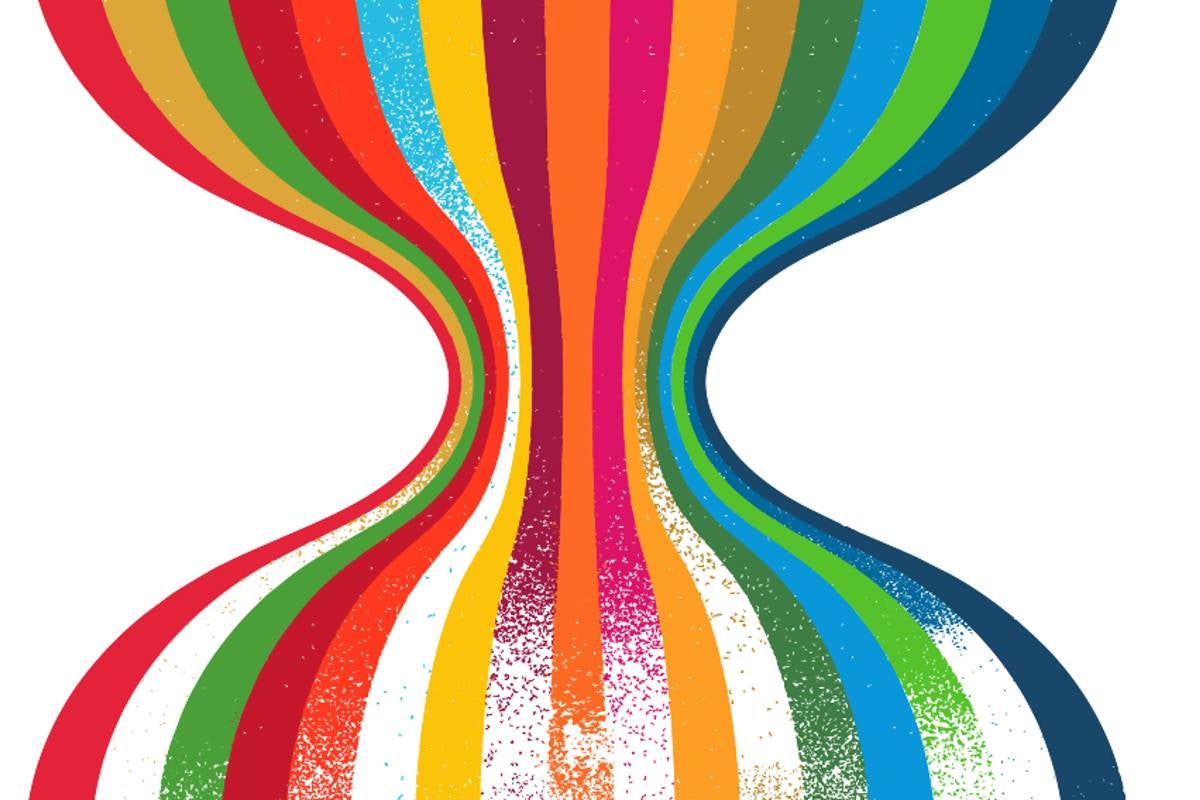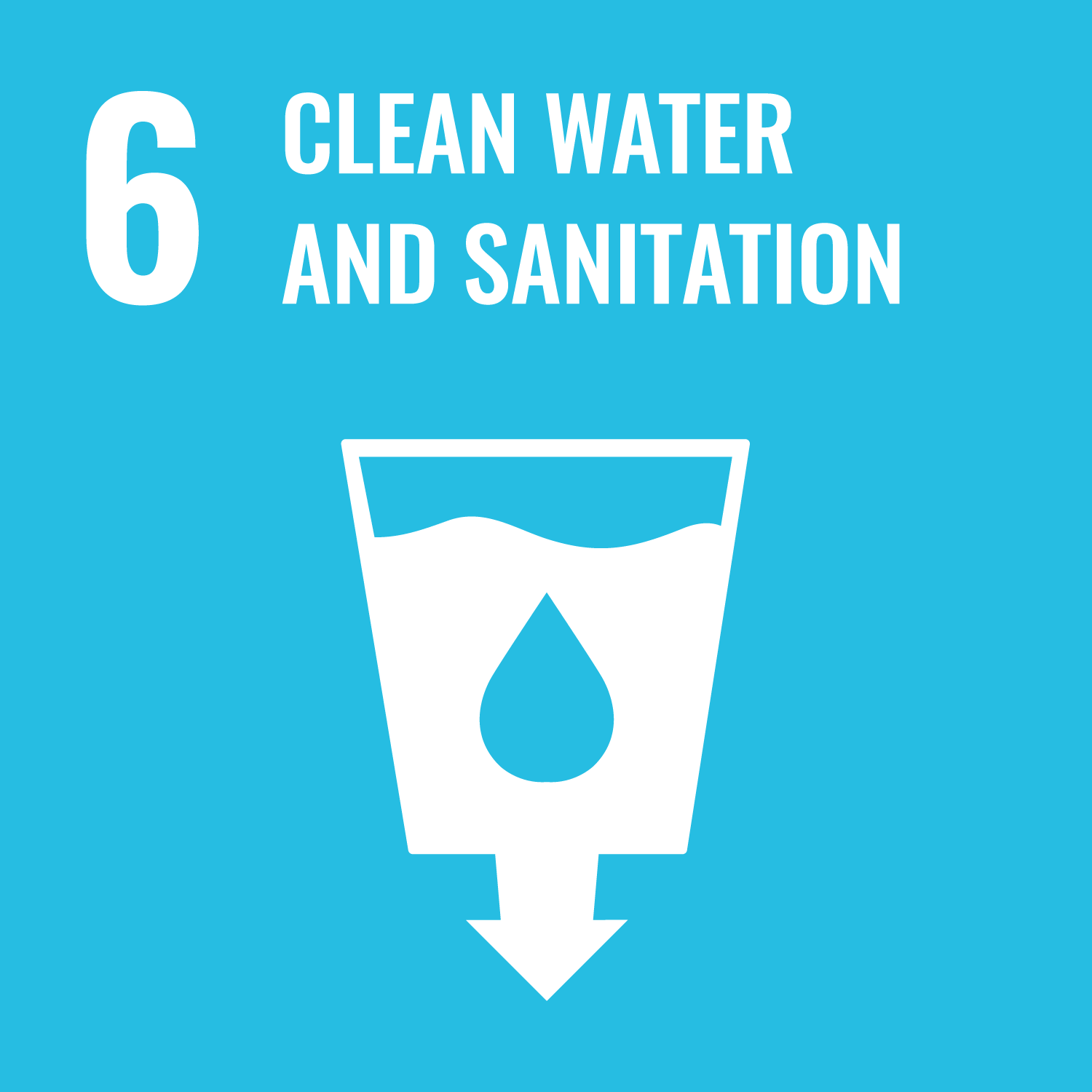SDG 6 – Clean water and sanitation
Women are central to water collection and use but marginalized in water management, plans and decisions.
Globally, one in six people, or 1.8 billion, live in households where people must collect drinking water off premises. In 70 per cent of these households, this heavy burden falls on women and girls, limiting their opportunities for education, productive activities and leisure, and putting them at risk of injury or violence. In 53 countries with data, women and girls spend an astonishing 250 million hours per day on water collection, over three times more than men and boys. In sub-Saharan African countries with data, the nearly 200 million hours per day that women and girls spend on water collection surpasses the total daily work hours of all individuals in the United Kingdom of Great Britain and Northern Ireland.
Scaling up investments in piped water systems, especially in rural areas, is critical to alleviate this burden. A national programme initiated in India in 2019 demonstrates the possibilities; it expanded access to more than 117 million households in under five years.
250 million hours
Women and girls spend 250 million hours per day on water collection. This is three times more time than men and boys.
Women and girls should have a strong voice in water resources management and governance. Social equity, economic efficiency and environmental sustainability will depend on their leadership and participation. Yet in 2023, only 27.4 per cent of countries reported successfully implementing gender-related measures under national water management frameworks, a modest increase of approximately 3.5 per cent since 2020. Around 15 per cent of countries have not implemented any gender mainstreaming practices. Indigenous women and other vulnerable groups are particularly marginalized. Only 19 per cent of countries have explicit measures to raise awareness, reduce language barriers and achieve their effective inclusion in decision-making on water resources. Turning policies into action requires earmarked funding, gender focal points in all relevant ministries, and clear and actionable plans backed by implementation and monitoring.











